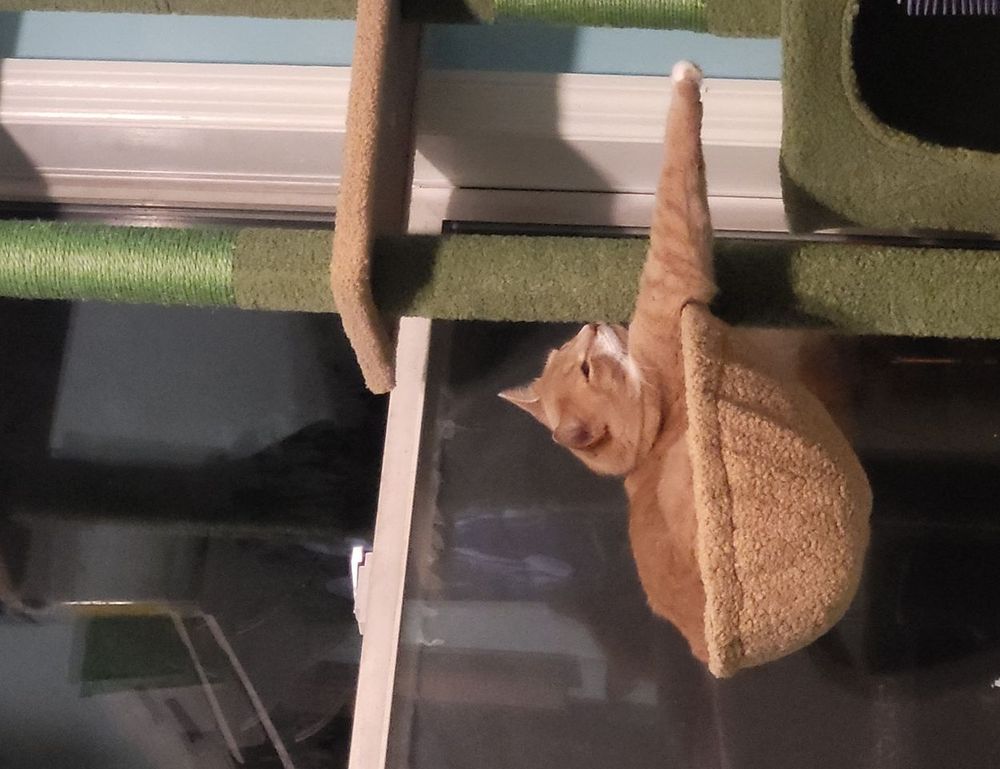What Is susbluezilla, Really?
At first glance, susbluezilla might sound like the title of a lowbudget creature feature. And that’s not far from the mark—it plays into the absurd, the satirical, and the memeworthy. But beyond the humor is a tactical approach to digital storytelling. This brand—or more accurately, this persona—leans into the unexpected. Think pop culture meets parody, wrapped in a bitesized content machine.
It started in the background like many niche internet identities—a quiet account, a handful of inside jokes, a collection of reposts that referenced gaming, internet culture, and chaotic Gen Z humor. But then it started grabbing attention. The tone? Playfully suspicious. The style? A mix between meme nihilism and offbeat critique. Suddenly, susbluezilla wasn’t just a name. It was a vibe.
Why It Works: Tone and Timing
Part of the genius here is the tone. Think dry, weird, but weirdonpurpose. It walks the line between sarcasm and sincerity—never too cool to care, but never earnest enough to seem desperate. There’s an intentional awkwardness at play that resonates especially well among audiences who are tired of overproduced content.
Then there’s the timing. The account posts often enough to stay relevant but not so much that it feels forced. Posts usually hit right when a platform’s humor or memes begin to shift. susbluezilla doesn’t chase trends; it slides in sideways.
The Visual Identity
Minimalist chaos. That’s an oxymoron, but it fits. The posts usually feature grainy screenshots, janky Photoshop layers, or clashing typography that looks like it broke out of a 2006 internet time capsule. But again, it’s all intentional. The rough edges actually sharpen the humor—it’s antiaesthetic as aesthetic.
Avatars and thumbnails tend to be pixelated, offbrand, or just plain strange. It’s not trying to look good. It’s trying to make you pause.
Audience Connection
The secret here is community recognition. Followers of susbluezilla don’t just watch or scroll—they participate. The comment sections are littered with rephrased lines, deadpan reactions, and metahumor that builds on the original post. Users don’t just digest the content—they riff on it, remix it, and sometimes outjoke it.
That creates a kind of microcommunity energy. Everyone’s in on the joke, and the brand rarely breaks character. That consistency builds loyalty because it feels like being in on a longrunning inside story.
Content Categories
Broadly, what gets posted falls into a few repeatable flavors:
Hypermemes: These are memes of memes. They eat themselves and come back weirder. Microcommentary: Quicktake reactions to internet events in five words or less. Nostalgia glitches: Content that pulls from 90s or early 2000s internet culture but twists it. Think an old video game startup screen flipped with weird overlay text. Bait posts: Content that pretends to be earnest but isn’t—often used to get folks arguing about something nonserious.
Platform Strategy
Instead of trying to conquer every social site, susbluezilla thrives by staying intentionally scattered. The core stuff usually appears on TikTok, Instagram, and sometimes Twitter—but rarely all at once. That way, it feels organic. Fans act like hunters, reposting content and building fandoms in the comments.
This spreaditwide, staycentered approach also keeps things personal. Users can find susbluezilla where they already hang out, and the brand never shifts into “corporate mode.”
Future Growth
Where does this go next? Expansion seems likely—maybe a merch drop, a limited podcast run, or a digital zine. But all that has to stay onbrand. No sleek, polished branding. Any expansion would have to remain weird, slightly janky, and disruptive.
What’s smart is that susbluezilla isn’t burning content to scale quickly. Instead, it’s slowburning a persona. That’s more sustainable. It doesn’t saturate timelines. It evades algorithm fatigue. In an era when everyone’s gaming the system, this brand ungamed it and found traction anyway.
Worth the Hype?
Is it revolutionary? Maybe not. But it is smart. The brand takes meme fluency and packages it in a way that feels both familiar and unpredictable. It recognizes its niche and mines it deeply. There’s freedom in how little polish it applies—something audiences genuinely crave in the influencersaturated digital landscape.
And while it’s easy to see susbluezilla as just another strange name floating through the feed vortex, it’s also a case study in how absurdism, timing, and community all collide. It proves you don’t need a label deal, a YouTube mansion, or glossy graphics to stand out—you just need to know exactly who your people are and what you’re trying to say, even if you say it in memes.
Behind the odd visuals and lofi appeal is a tactician who understands the art of passive engagement. You might laugh, scroll, and move on—but you’ll remember the name. And next time you see something “sus,” maybe you’ll check if it’s from the legend itself: susbluezilla.
